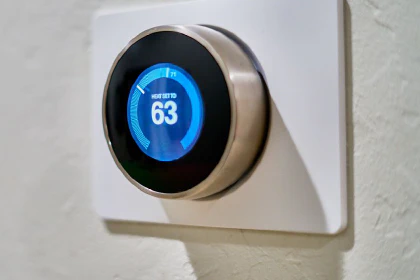
Ad-Blocking With Pi-Hole
I’ve had it with ads! Ads and trackers are everywhere. It’s virtually impossible to escape them. Even with ad blockers in browsers, VPN, and custom hosts files on my laptop, some of this junk is still leaking into my online world. Phew! Thanks for letting me vent for a bit!
Now, I, like many others, have been pondering how to protect my various devices for quite some time, and while it’s relatively easy to protect a laptop, it’s less straightforward to protect phones and tablets. And it gets even worse when dealing with devices such as smart TVs.
We can debate the pros and cons of ads and how to pay for various online services if there were no ads in a separate post. I consider most ads and trackers a complete nuisance or worse, and I do what I can to shield myself from that crap.
There’s probably no single solution that will completely solve this problem, and my approach is to look at how I can protect segments of my online life and clusters of devices. In my quest for ever-better tools, I came across Pi-hole. It’s a great open-source network-wide ad-blocking solution, and it can run on almost anything. I’m running it on a Raspberry Pi 4, and it’s connected straight to one of the ethernet ports on my wifi router.
I’m still experimenting with this setup. But the goal is to use Pi-hole as the DNS router for the network. This configuration would allow me to block ads and trackers for all devices on the local network, including my smart TV, all phones and tablets, and other devices.
Again, this project is still in its early phase, and I will write more posts on how I installed the system, how I configured it and my various devices, how well it’s working, etc.




